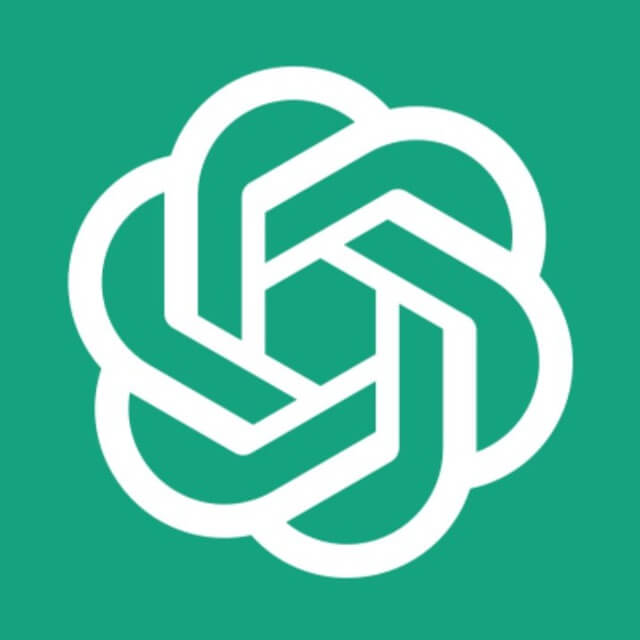Price Data
Analysis
Trade
Market Cap
All-Time High
All-Time Low
Fully Diluted Valuation
Circulating Supply
Total Supply
Categories
Performance since ICO
| Currency | USD | BTC | ETH |
|---|---|---|---|
| ROI | -92% | -97% | -93% |
What is Swarm?
Swarm is a peer-to-peer network of Bee nodes that collectively provide censorship-resistant decentralized storage and communication services. With a mission to shape the future towards a self-sovereign global society and permissionless open markets, Swarm offers scalable base-layer data storage infrastructure for the decentralized internet. The project's incentive system is enforced through smart contracts on the Gnosis Chain blockchain, powered by the xBZZ token, ensuring its economic self-sustainability.
Recent Video Interview
Main points of the interview:
- Swarm's role in decentralized storage and web3 adoption.
- Discussed Fair Drive as a decentralized alternative supporting personal and enterprise data.
- Swarm focuses on robust network development, scaling for bigger files, and fostering community initiatives.
- Future plans include enhancing decentralization, expanding ecosystem partnerships, and encouraging developer engagement.
Swarm Architecture
-
Underlay Network The underlay network serves as the foundational peer-to-peer protocol for Swarm. Responsible for establishing connections between nodes and routing data, it enables direct communication without reliance on centralized infrastructure. Swarm is designed to be transport agnostic, provided certain requirements are met, such as addressing, dialing, live connections, channel security, protocol multiplexing, and delivery guarantees. The libp2p library is employed for building the Swarm underlay network due to its ability to meet these stringent requirements.
-
Overlay Network Swarm's overlay network, known as the Distributed Immutable Store of Chunks (DISC), utilizes Kademlia overlay routing for efficient and scalable communication between nodes. DISC breaks down files into fixed-size chunks stored directly within the Kademlia DHT, distinguishing itself from other implementations. This approach enhances data redundancy, tamper-proofing, and fault tolerance, ensuring retrieval even if some nodes fail or go offline.
-
Data Access Layer The data access layer provides a high-level interface and APIs for developers to interact with Swarm's underlying storage and communication infrastructure. It simplifies operations such as uploading, downloading, and content searching, fostering the development of decentralized applications on the Swarm network.
-
Application Layer The application layer defines standards and best practices for complex use cases on top of Swarm's infrastructure. Offering guidance to developers, it supports the creation of sophisticated applications within the Swarm ecosystem.
Benefits of Swarm
Open & Borderless: Swarm transcends traditional blockchain boundaries, operating as an open-source platform with limitless potential shaped by the collaborative efforts of its community. Users are invited to join a collective endeavor in building the future of the web.
Fault-tolerant: Swarm prioritizes data integrity by employing redundant storage and local replication, ensuring robust fault tolerance. This approach guarantees data availability even in the face of node dropouts or potential data loss.
No Downtime: With decentralization at its core, Swarm remains both decentralized and distributed, resulting in a network that is consistently operational. This characteristic renders Swarm stable and reliable, minimizing the likelihood of downtime.
Privacy First: Swarm's nodes integrate cryptographic support, allowing users unrestricted access to the network while incorporating features like "Single-owner-chunks" to deliver unparalleled zero-leak privacy. The platform places a strong emphasis on safeguarding user privacy.
DDoS Resistant: Operating as a fully decentralized peer-to-peer network, Swarm enhances its resilience against Distributed Denial of Service (DDoS) attacks with the addition of each node. This decentralized architecture reinforces the network's resistance to external disruptions.
Credible Neutrality: Inherent in Swarm's design is a commitment to credible neutrality, ensuring fair and unbiased operations throughout its mission and ecosystem. This principle underscores Swarm's dedication to providing an inclusive and impartial platform.
Swarm Ecosystem Tokens
Swarm's ecosystem tokens include BZZ, xBZZ, and gBZZ, facilitating staking, storage fees, and testnet operations. Bridging mechanisms enable swapping between Ethereum and Gnosis Chain versions of tokens.
BZZ tokens play a pivotal role within the Swarm ecosystem, serving as the native cryptocurrency that powers various aspects of the decentralized storage and communication network. Originally issued on the Ethereum blockchain, BZZ tokens are utilized for staking, enabling users to participate in the network's storage incentives and governance mechanisms. With the introduction of xBZZ on the Gnosis Chain, BZZ tokens seamlessly bridge between Ethereum and Gnosis Chain versions, ensuring interoperability within the Swarm community.
Swarm Team Background and Investors
Swarm's core team is led by founders Viktor Tron and Daniel Nagy, who bring visionary leadership to the project. Swarm has garnered support from a notable list of investors, including Alphemy Capital, Bitscale Capital, Digital Finance Group, Hashkey, KR1, NGC Ventures, LD Capital, Lotus Capital, P2P Capital, Waterdrip Capital, and White Paper Capital.
Project Development
Swarm 2.0 marks a significant advancement in decentralized storage, introducing a decentralized Price Oracle and erasure codes to create a unique storage system. With a resilient peer-to-peer decentralized storage provision system, founders Viktor Trón and Daniel Nagy steer Swarm towards a self-sufficient and decentralized framework. Swarm 2.0 ensures secure and resilient data storage, boasting a 99.999999% availability through erasure codes.
The Great Data Upload initiative led to substantial network growth in 2023, fostering a censorship-resistant, private, and secure data storage system. Collaborations with the European Space Agency's Phi Lab and Polygon Village further the mission to decentralize Earth observation data. Swarm's community-driven developmental approach includes open-sourcing relevant papers, launching a Fellowship program, and involving the community in Swarm improvement proposals.
Swarm Price Analysis
As of December 16 2025 Swarm has a marketcap of $9.5M. This is {{percentagefromath}} from its all time high of $21.11. In terms of its tokenomics, there's a total supply of 63M with 100% currently outstanding. Keep in mind Swarm has a fully diluted value of $9.5M which many investors might interpret as overvalued.
Of course, don’t trust price predictions alone, always check the Coinrotator token screener to follow the trending market.

BZZ Markets
| Exchange | Pair | 24h volume |
|---|---|---|
No data | ||